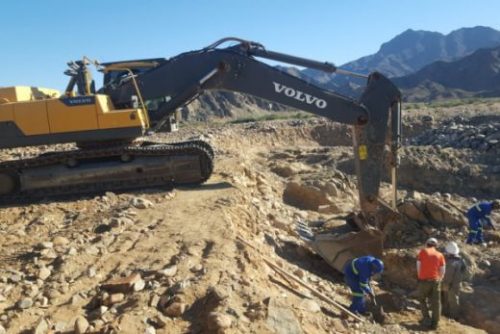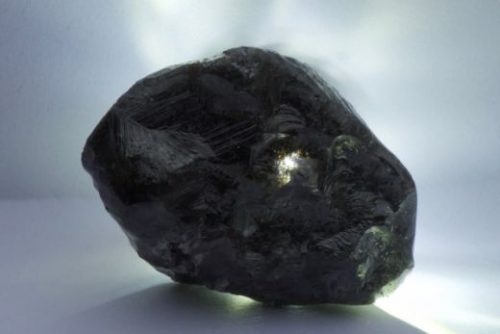
In his first -ever blog, Ernest Blom, president of the World Federation of Diamond Bourses, argues that the Kimberley Process Certification Scheme (KPCS) is slow because one of the most hot potatoes is ignored.
The KPCS, he wrote,is one of the great accomplishments of the worldwide diamond community of the last two decades, as more than 99.5 percent of the diamonds produced fall under a certification regime.
On the question why the KPCS agenda is moving so slowly, Blom says there is an elephant in the room nobody wants to acknowledge. “Of course, consuming nations have the right to demand that the strongest possible control mechanisms to guarantee that the diamonds imported into their countries are not tainted by any form of abuse. The same is also true for producing nations. They are entitled to protect the interests of their natural resources, ” Blom wrote.
“So what should producers say – in the interest of their nation – when large retail companies make an announcement that certain countries’ production is not allowed to be sold through them?” he asked . “Any decision taken at the KP or elsewhere affects the entire diamond industry, from mining to the manufacturers and dealers as well as to the smallest retail shop, which affects the lives of tens of millions of people.”
“It should not come as a surprise to anyone in Southern Africa that the enthusiasm to comply with what is perceived as a new form of economic colonialism is pretty limited. When countries are asked to make rules which could hurt them immediately once agreed upon it is difficult to find common ground.”
“If KP Participants are faced with “prima facie” judgments by large corporations and feel the enormous commercial consequences in their supply chain – and this without any written rule or law – then one should not be surprised at their reluctance to have a rule adopted in a formal manner and included in the KP Core Document.” Blom continued and said that there should be a rule in the current definition of conflict diamonds that includes any systemic violence.
At the same time, the objective analysis of facts should be the cornerstone of verification of allegations, and “trial by media” cannot be part of that solution. “This is the elephant that the Indian KP Chair has to ride. If he can do that successfully and neutralize what is perceived as a real threat of becoming excluded, he will have accomplished what many have failed to achieve in the past 10 years. From the World Federation of Diamond Bourses, we wish Shri Alok Vardan Chaturvedi lots of luck in this major task.”
Source: DCLA




